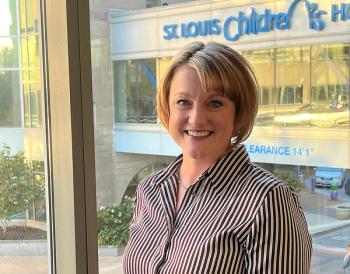
Improving hospital safety: Healthgrades' chief medical officer outlines key steps
Healthgrades has announced its recipients of patient safety awards, and Brad Bowman talks about the importance of focusing on critical problems.
Healthgrades is known for ranking America’s hospitals, and occasionally, the organization works with hospitals to improve.
Brad Bowman, chief medical officer of Healthgrades, says hospitals will ask for guidance if they’re displeased with their ranking, or because they are performing well and want to do even better. In either scenario, Bowman says Healthgrades will talk with hospitals and offer assistance if desired.
Today, Healthgrades announced the recipients of the 2023 Patient Safety Excellence Award and the Outstanding Patient Experience Award.
For hospitals aiming to improve on patient safety, Bowman said health systems need good data on where they are falling short. Health leaders should take a data-driven approach to understand the root cause of the problems, he said in an interview with Chief Healthcare Executive®.
“Step one is just understanding what your issues are,” Bowman says. “Part of our job, I think, at least initially, is convincing hospitals that they have a problem. So maybe admitting you have a problem is the first step in many things.”
“It's really just understanding kind of what the areas are,” he says. “I mean, if your problem is acute kidney injury, then you need to focus on acute kidney injury.”
Bowman said Healthgrades has worked with some hospitals to try and improve patient safety. In some cases, Healthgrades’ consultants will embed in hospitals to get a sense of problems and offer suggestions.
To make gains on patient safety, Bowman suggests using a triage approach and focusing on the key problems first.
“Don't try to fix everything all at once,” he says. “Just try to address maybe the most serious problems and kind of dig in there, understand the root cause, and then try to create a new solution.”
Smaller hospitals and health systems can employ a similar approach, which can be beneficial since they don’t have the money or manpower of larger organizations, Bowman says.
“It's understanding your strengths and weaknesses, and then figuring out what, where are you going to put your limited resources,” he says.
A smaller system may not have the benefits of an infectious disease prevention team, but if the organization is seeing an uptick in hospital-acquired infections, task one person to focus on that issue, Bowman says. Even making small, incremental changes can eventually lead to meaningful progress.
Hospitals of all sizes can help themselves by coding properly. If a patient is admitted for one illness but also has pneumonia, it’s important to document that, Bowman says. Otherwise, it will appear as if the patient developed pneumonia in the hospital.
Bowman suggests making accurate coding “an institutional goal.”
“You get the quality ratings that you deserve to get the reimbursement that you deserve,” he says.
When talking with hospitals about making progress on patient safety, Bowman says he is careful “not to coach to the test.”
“I'm not just telling you to do things, just because you're gonna pass the test and get a better grade,” he says.
“What you really want to do is have a high quality organization that's delivering high quality patient care.”
















































